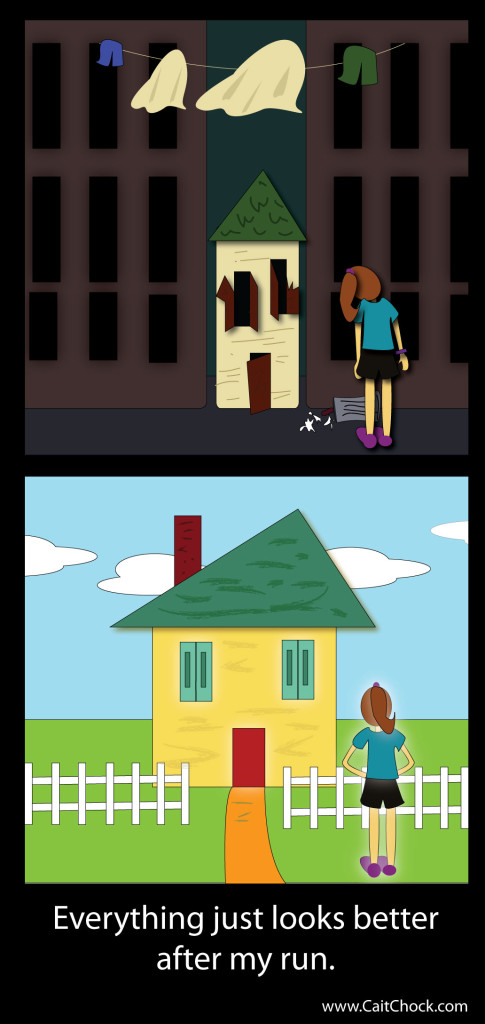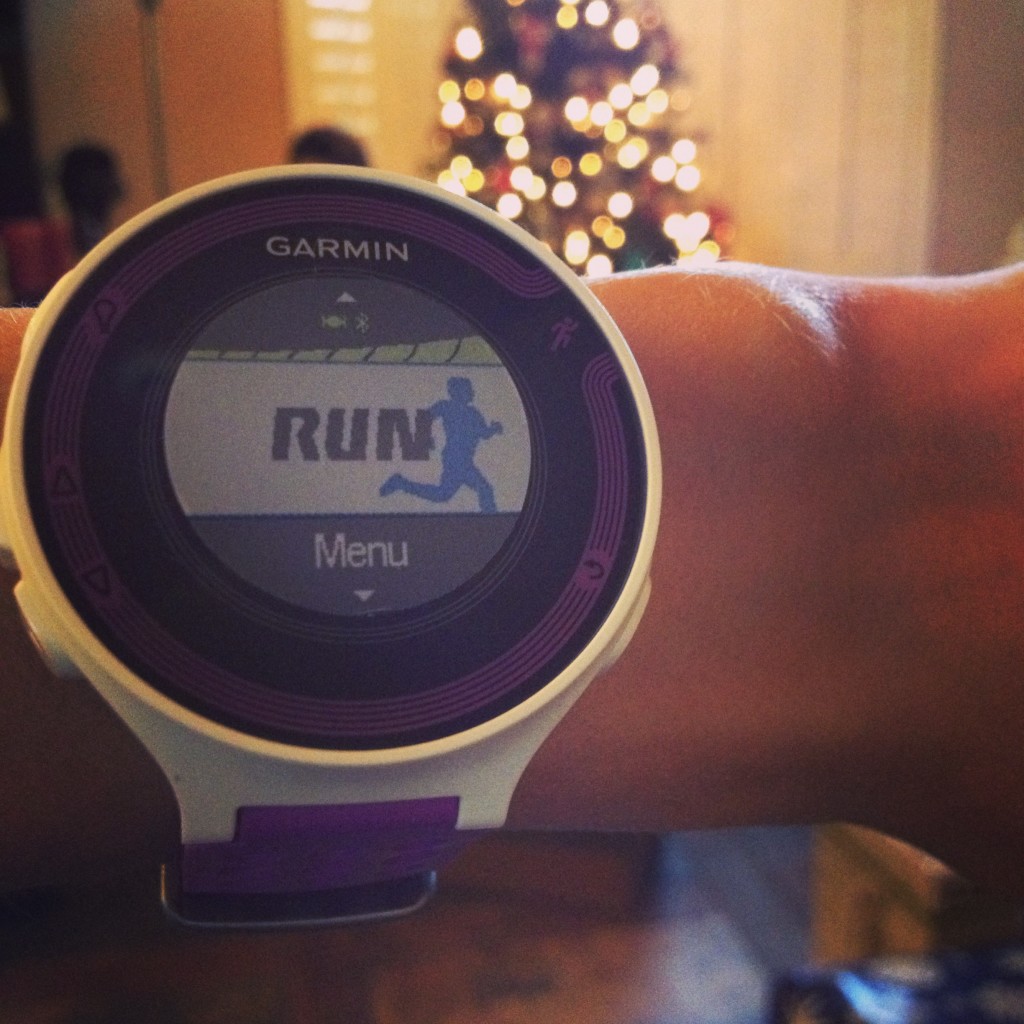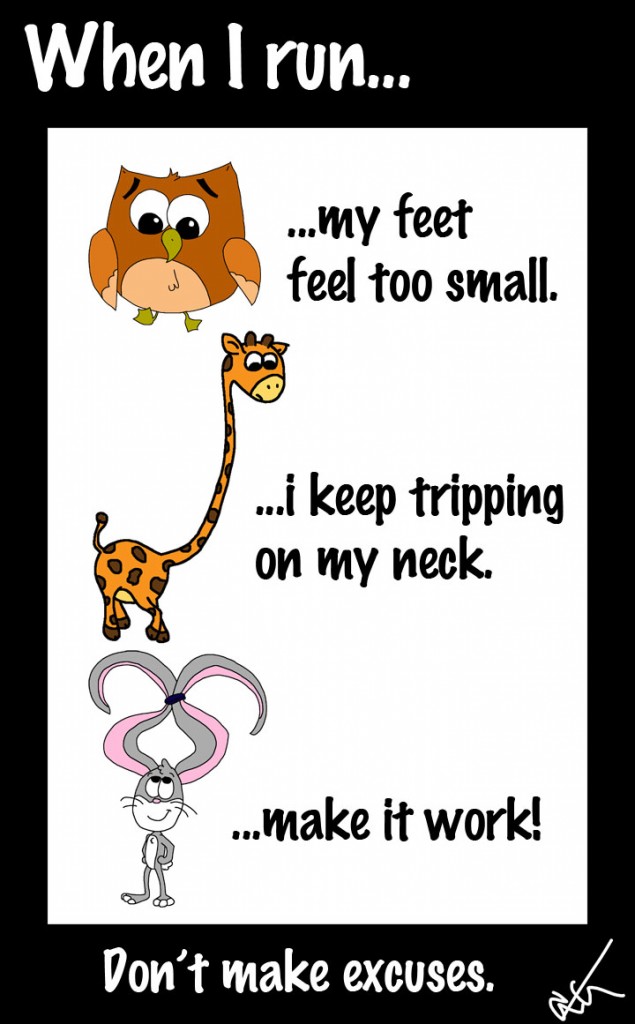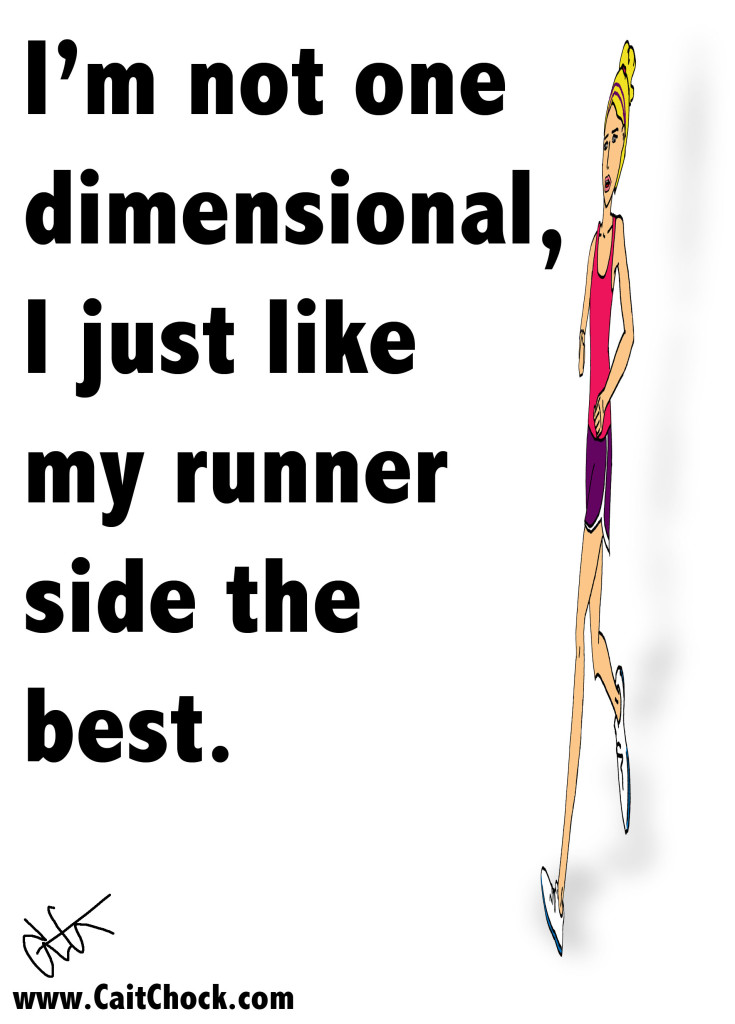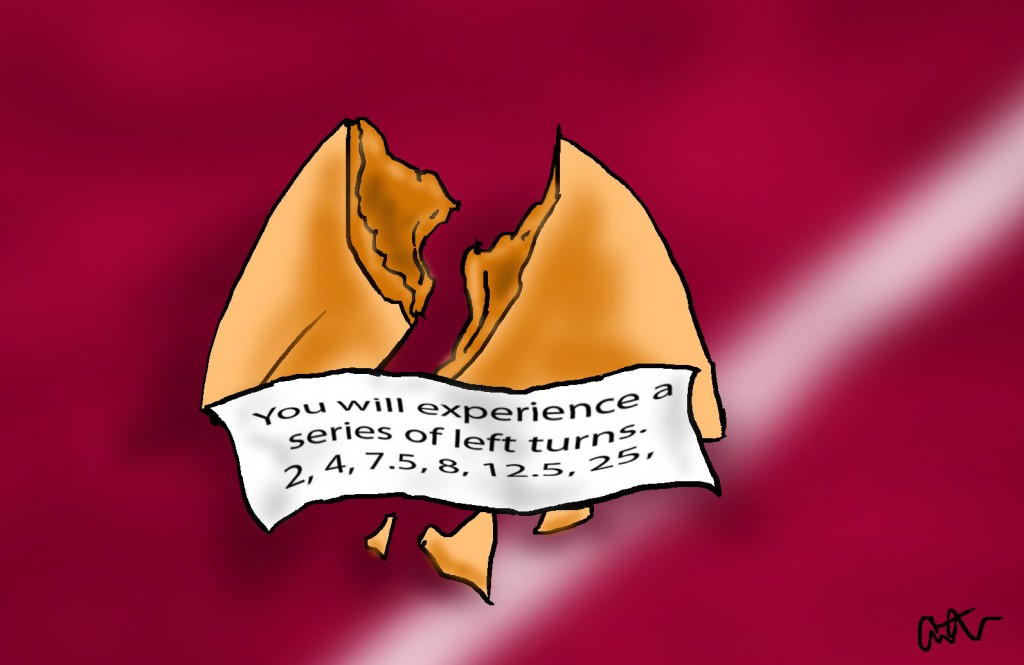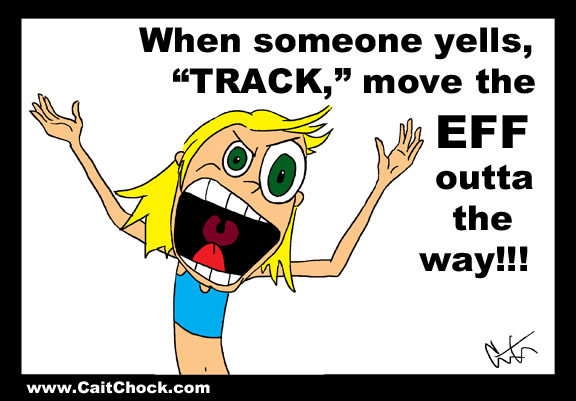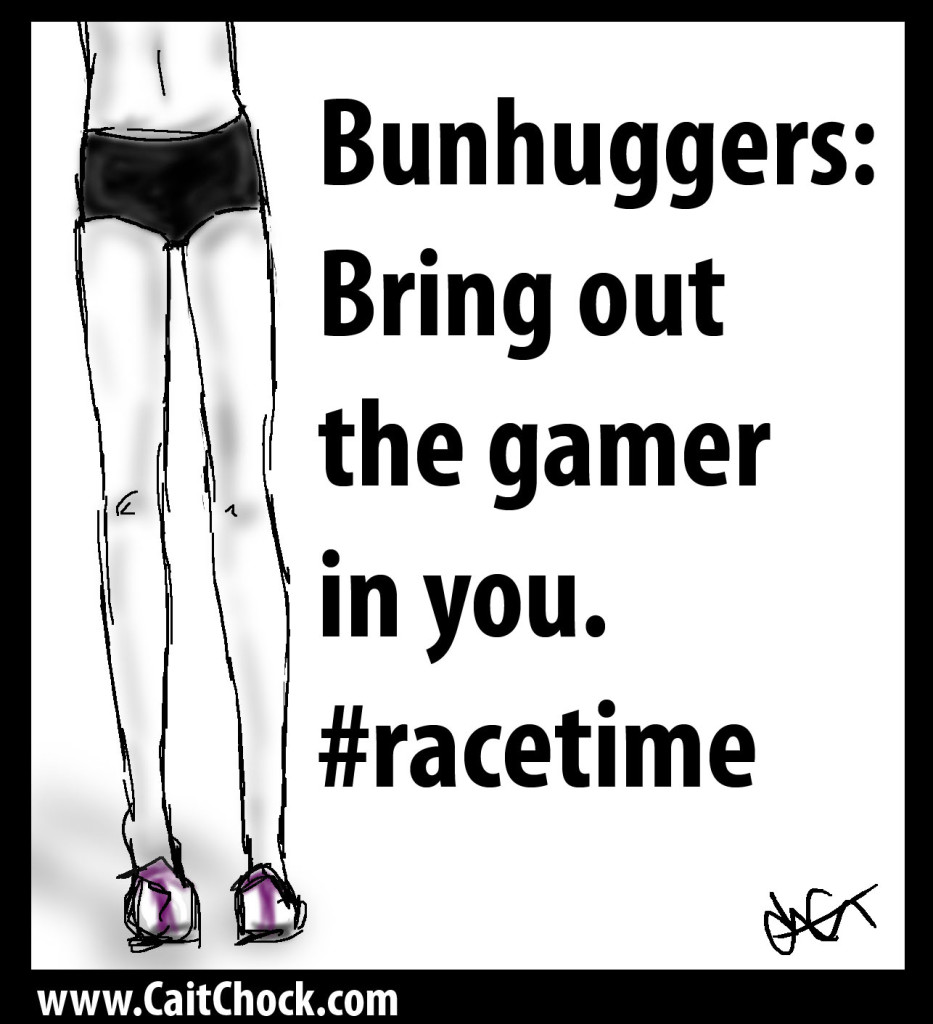Oh, the faces of the poor runners who went out to fast and are paying for it. #bootylocksucks

Kinda crazy how it hits you like THAT…no slow slip into lactic acid h***…nope, you’re feeling fine, then BAM!!!
Please, Runners, take a cue from these poor guys. Runner PSA: NEGATIVE split. 😉
——-
More race tips HERE
——-
1) Worst bootylock experience?
2) Funniest bootylock experience?
3) How many times did it take you to learn not to get sucked into going out too fast?
We all have to learn the cruel way a few times…



